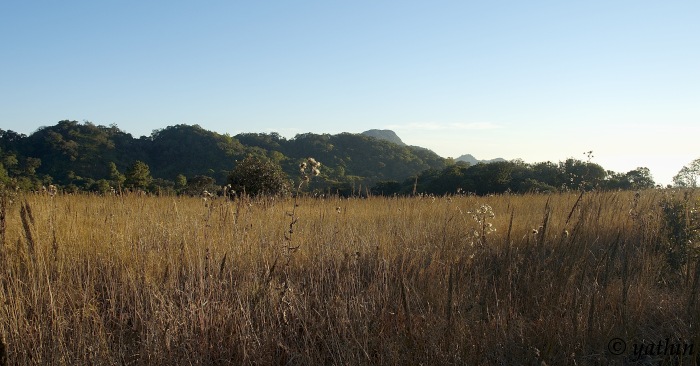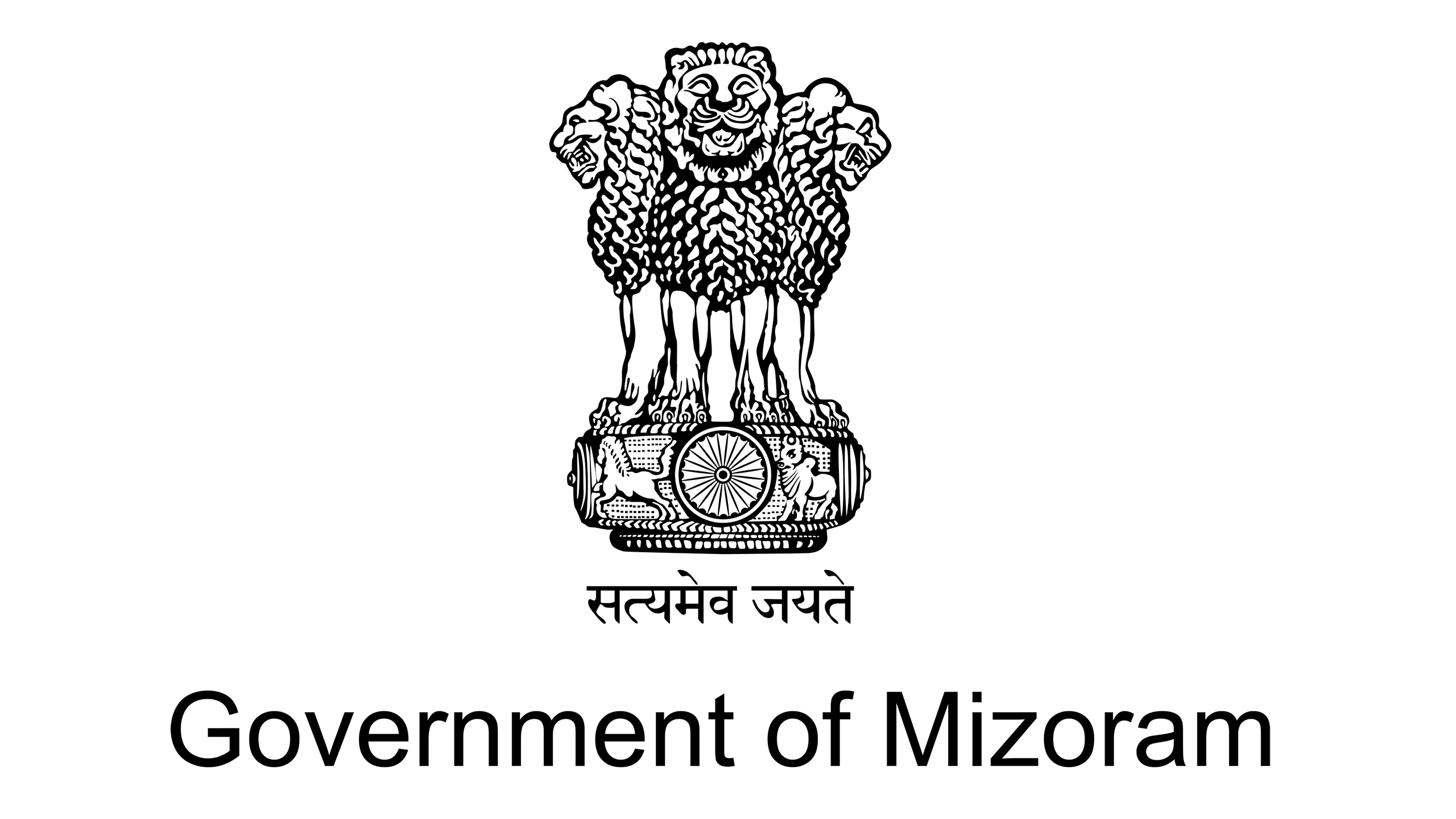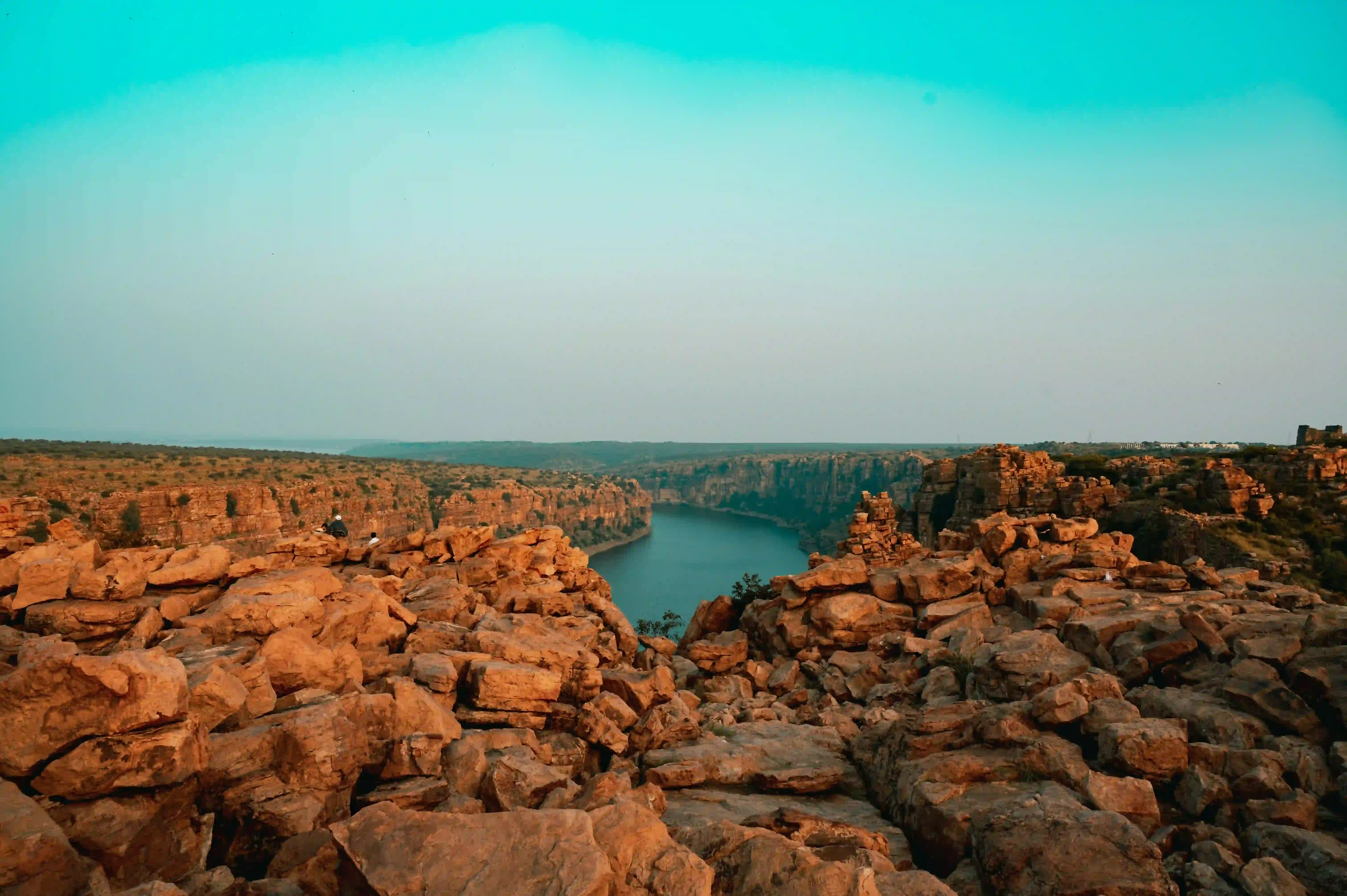Phawngpui, known as the Blue Mountain, rises majestically in Mizoram's landscape as a profound symbol of natural wonder and cultural heritage. Towering at 2,157 meters, this remarkable peak embodies more than mere geological significance—it represents a living tapestry of spiritual traditions and ecological complexity deeply rooted in the region's collective consciousness.
The mountain's unique ecosystem reveals a remarkable intersection of natural diversity and cultural preservation. Its grasslands, expansive and undulating, stretch across approximately two square kilometers at the summit, creating a remarkable habitat that supports distinctive flora and fauna. These meadows are not just geographical features but sacred spaces where local folklore and environmental narratives intertwine with remarkable complexity.
Indigenous spiritual traditions view Phawngpui as more than a physical landscape—it is a living entity populated by ancestral spirits and mythological beings. The western cliffs, known as Thlazuang Khàm, are particularly revered, believed to be haunted by supernatural presences that command profound respect from local communities. Mountain goats traverse these precipitous terrains, becoming symbolic inhabitants of this mystical realm.
The mountain's cultural significance extends far beyond its physical boundaries. Stories passed through generations speak of deity kings, royal marriages, and exchanges involving hoolock gibbons and sacred pine trees. These narratives are not mere folklore but intricate representations of the community's deep connection with their natural environment, encoding complex social and spiritual relationships.
Established as a national park in 1997, Phawngpui represents a critical conservation effort covering more than 50 square kilometers. The Environment and Forest Department of Mizoram manages this protected area, balancing ecological preservation with respect for indigenous cultural practices. Visitors are required to follow strict guidelines, emphasizing minimal environmental impact and deep reverence for the site's spiritual significance.
The trek to Phawngpui offers a transformative journey through varied landscapes and cultural experiences. Starting from Thaltlang, travelers navigate an challenging ascent, paying fees at the forest check post and adhering to traditional protocols. Making noise during the trek serves both practical safety purposes and maintains a respectful dialogue with the mountain's spiritual inhabitants.
Religious groups like the Vanawia Pawl have historical connections to this landscape, their migrations and settlements forming part of the mountain's rich anthropological narrative. Their presence underscores Phawngpui's role not just as a geographical feature, but as a dynamic cultural landscape that has witnessed and absorbed numerous human stories over generations.
Ultimately, Phawngpui represents a profound testament to the intricate relationship between natural landscapes and human cultural expression. Its grasslands, cliffs, and spiritual resonance offer a complex narrative that transcends simple categorization, inviting those who encounter it to recognize the deep, multifaceted connections between environment, spirituality, and human experience.





